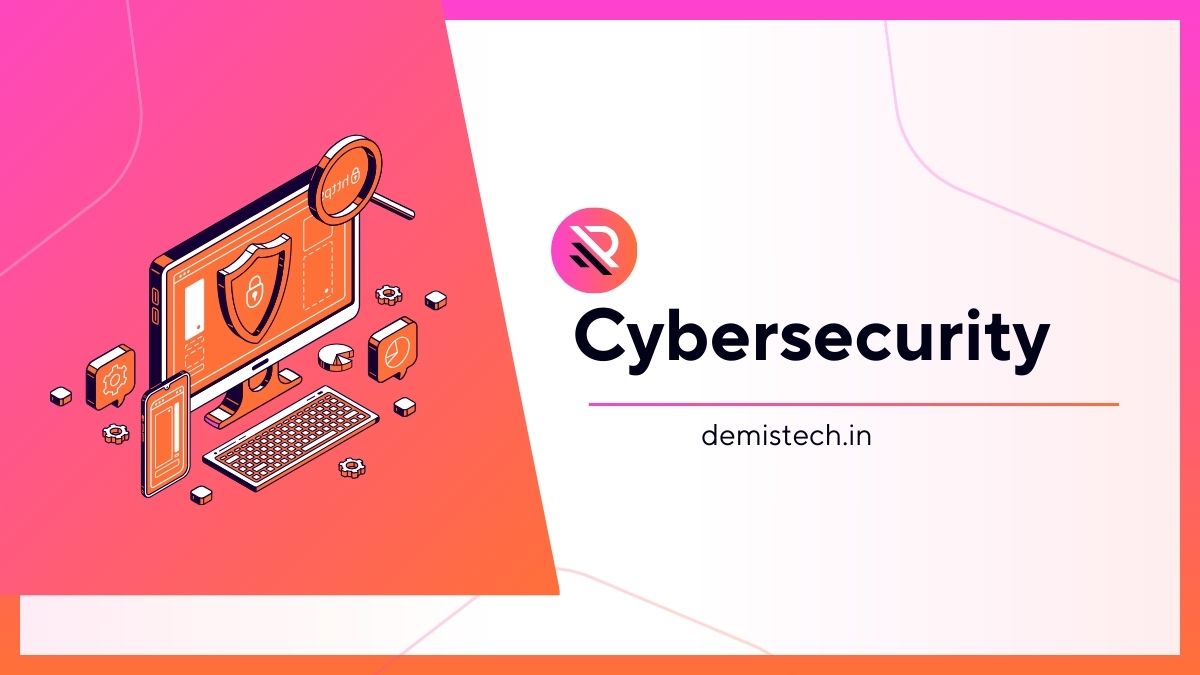A Brief Overview of Cybersecurity
Cybersecurity constitutes all technologies, measures, and practices meticulously designed to thwart cyberattacks and minimize their repercussions. Its primary objective is to fortify the systems, applications, and computing devices of individuals and organizations while also providing a bulwark for sensitive data and financial assets. Cybersecurity measures effectively shield against computer viruses, sophisticated ransomware attacks, and various other malicious activities.
In today’s digital landscape, cybersecurity goes beyond protecting traditional computer systems, encompassing a broad spectrum of technologies and interconnected devices, including those found in IoT and cloud computing. Cloud computing has unequivocally revolutionized the storage, processing, and accessibility of data for businesses.
Enrolling in a Cyber Security Course tailored for future advancements offers significant professional advantages. This rapidly evolving field provides extensive career development opportunities. A career in cybersecurity enables substantial contributions to critical sectors, safeguarding sensitive information and vital systems. This role is essential in protecting valuable data and enhancing overall security infrastructure, thereby making a meaningful impact in the digital landscape.
History of Cybersecurity
Bob Thomas, a computer programmer at BBN, created a virus named \”Creeper\” as a security experiment in 1971. This non-malicious virus was designed to test vulnerabilities in what would become the internet. \”Creeper,\” named after a Scooby Doo villain, traveled across ARPANET, the precursor to the internet developed by the U.S. Department of Defense. It was a self-replicating program that affected DEC PDP-10 mainframe computers at Digital Equipment Corporation, displaying the message, “I’m the creeper, catch me if you can!” on teletype screens.
In response, Ray Tomlinson, Thomas’ colleague, developed the Reaper Program. Reaper was similar to Creeper but served as the first antivirus software. It replicated itself through the internet, locating and neutralizing copies of Creeper. Reaper\’s function was to log out Creeper instances, rendering them ineffective.
The term “ethical hacking” was introduced in 1995 by John Patrick, IBM Vice President. Although ethical hacking practices existed for decades, Patrick provided a formal name and platform. Initially, in the 1960s, \”hacking\” referred to optimizing systems, aligning with ethical hacking principles. By the 1980s and 1990s, personal computers became prevalent, attracting malicious hackers.
Black hat hackers emerged as digital intruders, exploiting systems to access private computers, destroy records, steal data, and blackmail businesses. Conversely, white hat hackers, or ethical hackers, work to identify and address security vulnerabilities. Grey hat hackers operate on a spectrum of ethical and unethical hacking, often focusing on national security concerns.
Critical Methods in Cybersecurity Domains
- Network Security: Involves deploying firewalls, encryption, and intrusion detection systems to protect network communication channels.
- Application Security: Monitoring regular updates, vulnerability assessments, and controls to prevent unauthorized access to applications.
- Information Security: Focuses on access controls, encryption, and backup systems to safeguard against unauthorized access, alterations, and data loss.
- Operational Security: Encompasses policies and procedures for secure system and network operations.
- Disaster Recovery and Business Continuity: Includes planning for disruptions with backup systems, recovery tests, and contingency plans to ensure business continuity.
- End-User Education: Involves training employees and individuals with regular cybersecurity awareness campaigns.
- Mobile Security: Addresses the protection of data on mobile devices, including securing storage, wireless communication, and access controls.
Common Yet Dangerous Cybersecurity Myths to Avoid
- Strong passwords alone are inadequate: While solid passwords, such as a 12-character one, are essential, they can be stolen or obtained through insider threats. Therefore, more than passwords are required for complete security.
- Significant cybersecurity risks are expanding: The risk surface grows annually, with thousands of new vulnerabilities found in applications and devices. Human error, particularly from negligent employees or contractors, increases the risk.
- Cyberattack vectors are diverse: Cybercriminals continuously discover new attack vectors, including Linux systems, operational technology (OT), IoT devices, and cloud environments.
- All industries are vulnerable: Cyber threats impact every sector. Ransomware targets various organizations, including local governments, non-profits, and healthcare providers, alongside threats to supply chains and critical infrastructure.
Future of Cybersecurity
Cybersecurity has evolved in response to shifting threats rather than merely technological advances. As hackers found ways to bypass traditional firewalls, engineers developed new technologies that detect threats based on behavior rather than signatures. This adaptation illustrates the dynamic nature of cybersecurity, which is continuously evolving to counter emerging threats.
The Internet of Things (IoT) significantly influences cybersecurity due to the vast number of personal, home, and industrial devices that can be compromised. Hackers exploit these devices to gain unauthorized access to networks, emphasizing the need for enhanced security measures across interconnected systems.
Cloud computing is expected to attract more attacks, and while alternatives to passwords are discussed, they remain a staple in security. Data breaches are predicted to increase, with potentially severe consequences given the growing reliance on computer systems for data storage. Despite this, cybersecurity is set to advance to address evolving threats. E-commerce businesses must implement robust cybersecurity measures to protect sensitive financial information and build customer trust. Additionally, securing data transmitted between IoT devices and ensuring the confidentiality, integrity, and availability of cloud-stored data will be vital.
Ransomware remains a significant threat, and cybersecurity will need to evolve to counter diverse ransomware campaigns. Attacks on large enterprises, mainly through USB devices, are expected to rise, necessitating the integration of cybersecurity with Enterprise Risk Management (ERM) strategies.
Conclusion
Cybersecurity is a significant business, especially as the Internet has become integral to daily life and operations for most companies and governmental agencies. Cybersecurity professionals are now essential, employed, or contracted by most corporations, government agencies, and mid-to-large-sized businesses.
These attacks can destroy computers and digital devices like tablets and smartphones. They can deceive individuals into revealing login information, affecting finances, work, email, and other sensitive areas. They can invade systems and steal information, including personal identities, leading to identity theft. Students entering computer science programs with an interest in cybersecurity have numerous opportunities in various areas. A Cyber Security Course offers a broad spectrum of roles and a growing demand for skilled professionals.



